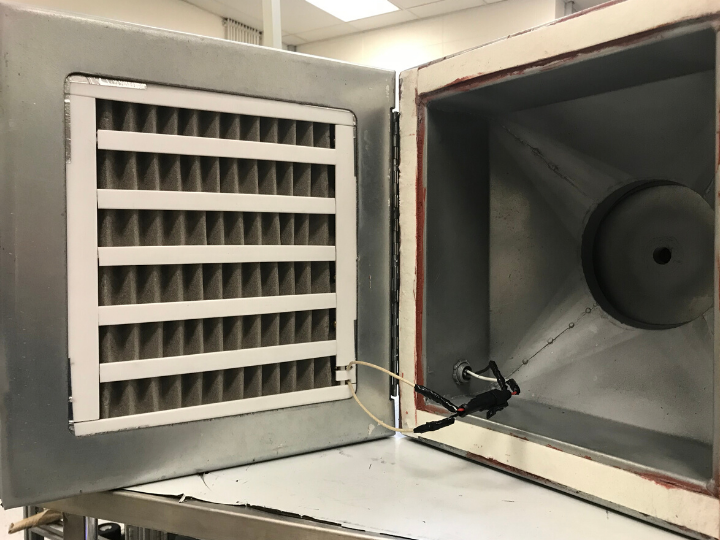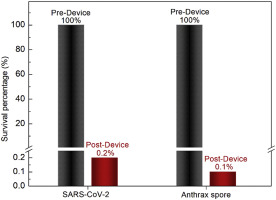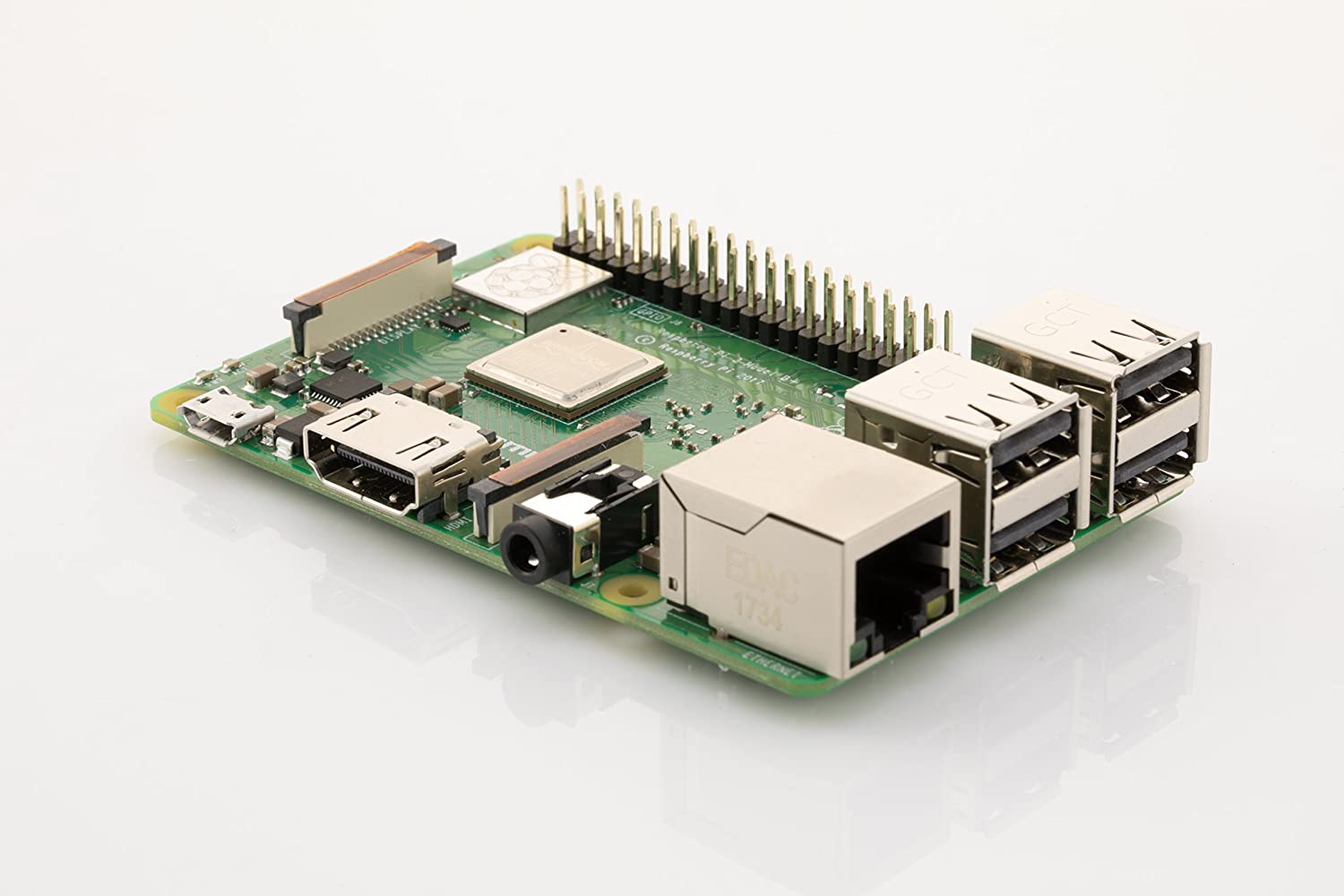; Date: Sat Jul 11 2020
Tags: Coronavirus »»»»
Rather than sit around moaning about being unable to do anything because COVID-19 fears say we can't go anywhere, researchers at the University of Houston went to the lab and developed a “catch and kill” air filter that can trap the virus responsible for COVID-19, killing it instantly. The device is simply a nickel "foam" air filter, that is heated to a temperature that kills pathogens. That's it, very simple, and shown to be effective at killing 98% of COVID-19, as well as other pathogens, in one pass through the filter.

The issue we all have to face is the lack of a vaccine, and the lack of an effective treatment, for a highly infectious and deadly virus, means we must explore multiple avenues for taming COVID-19. Further, this won't be the last virus to reach the pandemic scale. Climate scientists have warned for years that the warming climate will bring back to life diseases frozen in the tundra 10's of thousands of years ago. Therefore we have a long list of "novel" virus's (viruses our modern human bodies haven't seen before) waiting for us in the future.
With the current crisis we're all afraid to go shopping, go to work, etc, because of the possible presence of infected people, and the possibility of infection lasting in the air or on surfaces for a long time. In order to return to some semblance of normality, some mechanism is required for cleaning and disinfecting all kinds of public places.
“This filter could be useful in airports and in airplanes, in office buildings, schools and cruise ships to stop the spread of COVID-19,” said Zhifeng Ren, MD Anderson Chair Professor of Physics at UH and co-corresponding author for the paper. “Its ability to help control the spread of the virus could be very useful for society.”
The angle used by the research team - Luo Yu of the UH Department of Physics and TcSUH along with Dr. Garrett K. Peel of Medistar and Dr. Faisal Cheema at the UH College of Medicine - was to use an "air filter", and to heat the filter to 200 degrees C. Almost every pathogen in existence, including COVID-19, cannot survive temperatures above 70 degrees C. The much higher temperature, 200C, gives more certainty of killing pathogens.
They started with commercially available nickel foam, chosen because it is porous allowing air to flow through, and electrically conductive. Simply by passing an electric current through the device it heats up. However, because nickel has a low resistance, they "folded" the foam to create higher electrical resistance, letting it get hot enough to be effective.

In the research paper announcing the results, the team presents this graph showing effectiveness against SARS-COV-2 and Anthrax. For both pathogens, this filter is over 99% effective at killing the pathogens.
Flush with their success, the development team clearly hopes to distribute this device widely. The idea is simple enough that it should be a workable solution and make a good contribution to controlling the spread of COVID-19. “This novel biodefense indoor air protection technology offers the first-in-line prevention against environmentally mediated transmission of airborne SARS-CoV-2 and will be on the forefront of technologies available to combat the current pandemic and any future airborne biothreats in indoor environments," Cheema said.
The U of Houston press release glosses over an issue that this device will require a constant electrical current to keep the filter heated to 200C. How much energy consumption is required for that? Is it in a shape that's suitable for installation in standard HVAC systems? They discuss the possibility of a small desktop unit, but what is the effect of having a 200C object in an office?
Hourani and Peel have called for a phased roll-out of the device, “beginning with high-priority venues, where essential workers are at elevated risk of exposure (particularly schools, hospitals and health care facilities, as well as public transit environs such as airplanes).”
Yes, that's exactly the sort of thinking which is required since all these public places are potential vectors for transmitting all kinds of diseases. But to get into all those places requires large scale manufacturing, and a design which is compatible with all those use cases.
Sources:
Researchers Create Air Filter that Can Kill the Coronavirus
Highlights
- A heated air disinfection system was fabricated based on commercial Ni foams.
- The Ni-foam-based filters showed ∼100% ability for catching and killing of SARS-CoV-2.
- The air disinfection system is significant to control spread of COVID-19.
Abstract Airborne transmission of severe acute respiratory syndrome coronavirus 2 (SARS-CoV-2) via air-conditioning systems poses a significant threat for the continued escalation of the current coronavirus disease (COVID-19) pandemic. Considering that SARS-CoV-2 cannot tolerate temperatures above 70 °C, here we designed and fabricated efficient filters based on heated nickel (Ni) foam to catch and kill SARS-CoV-2. Virus test results revealed that 99.8% of the aerosolized SARS-CoV-2 was caught and killed by a single pass through a novel Ni-foam-based filter when heated up to 200 °C. Additionally, the same filter was also used to catch and kill 99.9% of Bacillus anthracis, an airborne spore. This study paves the way for preventing transmission of SARS-CoV-2 and other highly infectious airborne agents in closed environments.











